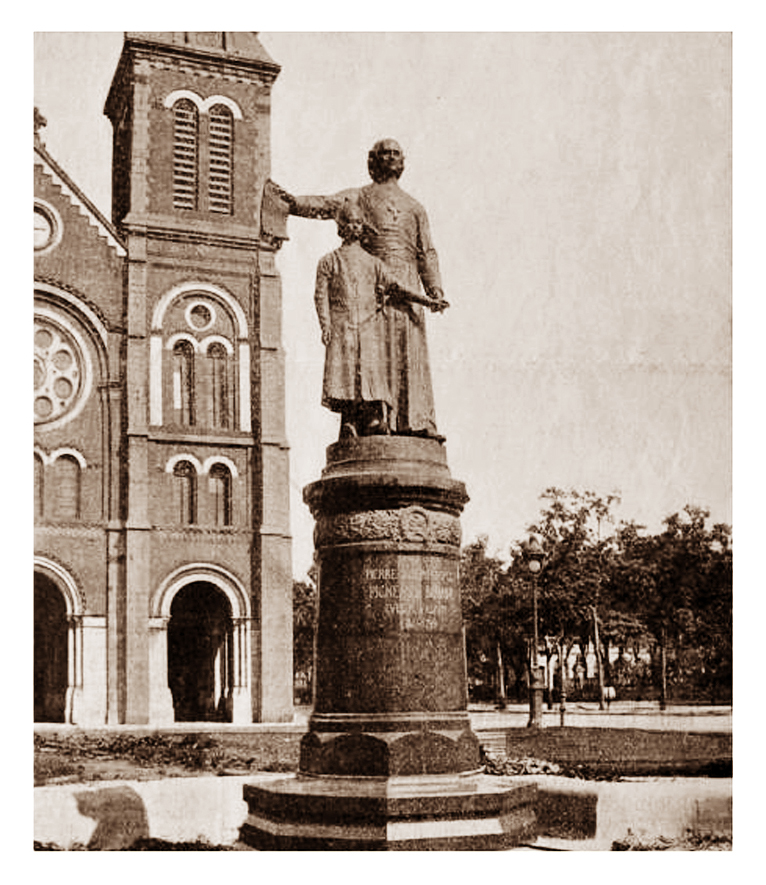
Monsignor PIGNEAU DE BEHAINE — place de la Cathédrale, Saïgon
On that admirable fresco of the French project in Indochina, a living and harmonious multi-racial synthesis of activities and hopes, a few figures clearly stand out in the light of history.
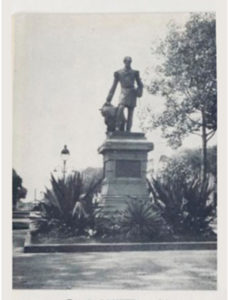
Francis GARNIER – place Francis-Garnier, Saïgon
Whether French or Annamite, these public figures are entitled to recognition. Each of them, in pursuit of their respective ideals, have met on the same path leading to common action.
Pigneau de Béhaine, protector of a prince of Annam, fugitive and unhappy, laid the first foundations of Franco-Annamite relations. Indeed, one may wonder what would have become of Indochina if this prelate had not devoted his intelligence to the service of the last Nguyen prince.
Did this permit French influence to take root in the land of Annam? Without a doubt! But it also prevented the installation of the Dutch or the English, on whom Nguyen-Anh’s protégé was about to call for aid. And it enabled Nguyen-Anh, as Emperor Gia-Long, to carry out a constructive work of great significance in the annals of this country.
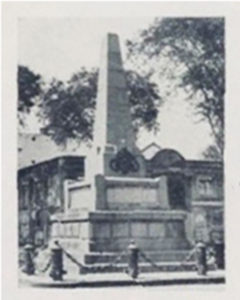
DOUDART DE LAGRÉE – place Rigault de Genouilly, Saïgon
Later, circumstances required that, in order to command respect for our flag, Admiral Rigault-de-Genouilly came to anchor at Tourane. The French peace has since been extended to areas long disturbed by dynastic rivalries and struggles between neighbours. The statues of Rigault-de-Genouilly, Francis Garnier, and Doudart-de-Lagrée in Saigon attest to the heroism of our sailors and soldiers, the genius of their commanders, the sacrifice, in a word, of all those who, far from their native land, fell during the gestation of our colonisation of Indochina.
But our officers were not just fighters. We had some who were explorers and scholars. Such was Général de Beylié, archaeologist and ethnographer, who, during his investigations to extract the secrets of this Asian land, died in the rapids of Tha-Dua (Laos) on 17 July 1910. His works greatly enriched our museum in Saigon and paved the way for other scholars.
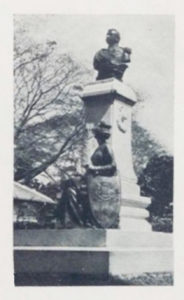
Général de BEYLIÉ – rue Blancsubé, Saïgon
Similarly, in the long chain forged by all of us to unite the destinies of Indochina with those of France, the link added by the botanist Jean-Baptiste-Louis Pierre is certainly not the least solid. This world-renowned scientist has inventoried the flora of the colony and thus prepared the field on which farmers and botanists can work more easily.
Besides our great colonialists, impartial history has retained the names of many Annamites — generals, scholars, diplomats, pacifiers — who have all done great service to their country.
Thus, in the dark days of Annam, there were some soldiers who permitted Gia-Long to restore order and security in the kingdom: Le-Van-Duyet, Marshal of the Emperor and Viceroy of Cochinchina; Vo-Tanh, General; Vo-Di-Nguy, Admiral; Le-Van-Phong, General; and many others.
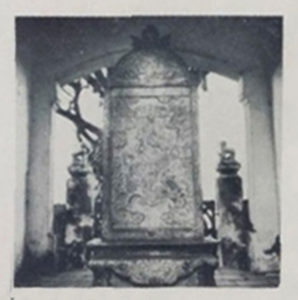
Maréchal LE-VAN-DUYET — Gia-Dinh
Among them, Le-Van-Duyet occupies a special place. His courage, his devotion to the king and public affairs, his loyalty and his disinterest have made him one of the most seductive figures of old Annam and justify the quasi-religious veneration of which his memory is still the object in Cochinchina. It was he who, at the risk of displeasing his sovereign, did not hesitate to tell him the truth. It was again he who refused to read to the French an edict of expulsion which reached him from the court. For he declared that he could not forget the services rendered by them to his country.
Similarly, one cannot forget Vo-Tanh, that other valiant and stoic soldier, who remains engraved in the memory of his compatriots.
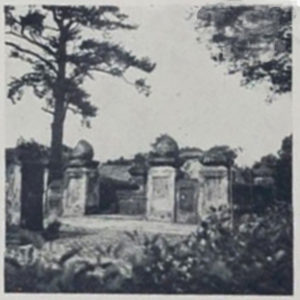
Général VO-THANH — village de Phu-Nhuan (Gia-Dinh)
Enclosed for two years in the citadel of Qui-Nhon, obliged at the end of the resistance to repulse the furious and repeated assaults of an opponent superior in number, he nonetheless discouraged Nguyen-Anh from coming to his rescue, persuading him instead to go and take Phu-Xuan (Hue), whose capture was more important. By the time the Emperor’s victory had been achieved and a rescue mission was launched, Vo-Tanh and his soldiers were dead.
The history book of Annam contains some other beautiful pages of the same kind. To ensure order, there have always been both leaders and humble auxiliaries ready to devote their lives to the cause. Pham-Van-Khanh, for example, victor of the attack on My-Tra by the plunderers of the plaine des Joncs on 22 July 1865; Le-Van-Phong, younger brother of Le-Van-Duyet; Phan-Thanh-Giang; and many others.
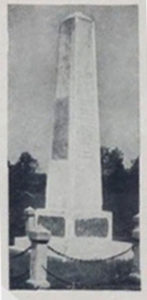
Capitaine Félix SALICÉTI — village de Trung-Ngai (Vinhlong)
In the work of pacification which followed the conquest, French and Annamites mixed their blood for the same cause. The Saliceti monument in the village of Trung-Ngai is proof of this. Captain Saliceti, who entered the service of France on 17 February 1872 at the age of 29, had his head cut off. At his side, also succumbing to the attack, were canton chief Tran-Cong-An, interpreter Vien, and militiamen Chon, Tao, Nay and Van.
The stele in Baria to the modest notable Bui-Thanh-Lièm is also worthy of the admiration of his fellows for his 40 years of community service.
When we move from the plan of collaboration for the maintenance of public order and security in the country to that of intellectual co-operation, we find another great Annamite, Pétrus Truong-Vinh-Ky, whose centenary will be celebrated in Saigon at the end of this year.

PETRUS KY — boulevard Norodom, Saïgon
Petrus Ky put his knowledge in the service of France and Annam, believing that true brotherhood lies in the heights of human intelligence.
This initiative of the Monde Colonial Illustré, bringing many forgotten faces out from the shadows, is one of the happiest. For it allows us to see, through the successive stages of colonisation, men who, each according to his own temperament, endeavoured to work for the greatness of their country.
It shows, above all, how their spirits and hearts merged to escape from daily pettiness and collaborate in the realisation of a unique, solid and eternal work.
Édouard MARQUIS
List of Monuments and Locations
Monument d’Odera – Xuan-Lôc (province de Bienhoa)
Monument de l’Enseigne de vaisseau Lareynière – Tan-Son-Nhi (Province de Gia-Dinh)
Monument de Morère – Nui-Bara (province de Bienhoa)
Monument du Capitaine Paulus – Tan-Thoi-Nhi (Province de Gia-Dinh)
Monument du Capitaine Saliceti – Trung-Ngai (prov. de Vinhlong)
Pagode et Tombeau du General Vo Tanh – Phu-Nhuan (Province de Gia-Dinh)
Pierres tombales du Maréchal Nguyen-Ngoc-Thoai – au pied du Nui-Sam (province de Chaudoc)
Statue à la mémoire de Doudart de Lagrée – place Rigault-de-Genouilly, Saigon
Statue à la mémoire de Jean-Baptiste-Louis Pierre – jardin Botanique, Saigon
Statue à la mémoire de Lamaille – place Rigault-de-Genouilly, Saigon
Statue de Francis Garnier – place Francis Garnier, Saigon
Statue de Gambetta – parc Maurice Long, Saigon
Statue de George Washington – place George Washington, Saigon
Statue de l’Amiral Rigault-de-Genouilly Saïgon – place Rigault-de-Genouilly, Saigon
Statue de Monsignor Pigneau de Béhaine – place de la Cathédrale, Saigon
Statue de Pétrus Ky – boulevard Norodom, Saigon
Statue de Quach-Dam – Marché central, Cholon (Gia-Dinh)
Statue du Général Léon de Beylié – rue Blancsubé, Saigon
Statues de P. Doan-Cong-Qui et E Le-Van-Phong – devant l’église de Chau-Doc
Stèle à la mémoire de Bui-Thanh-Liem – près du marché de Long-Dien (province de Baria)
Stèle à la mémoire de l’Administrateur Hugon – Soc-Trang, cimetière de la ville
Stèle à la mémoire de l’Administrateur-adjoint Luciani – Hoa-An (province de Bienhoa)
Stèle à la mémoire de Nguyen-Duc-Ung – Long-An (province de Bienhoa)
Stèle à la mémoire de Pham-Van-Kanh – My-Tra, Cao-Lanh (province de Sadec)
Stèle à la mémoire de S. E. Phan-Thanh-Giang – Bao-Thanh (province de Ben-Tre)
Stèle à la mémoire de Thoai-Ngoc-Hau – Thoai-Son (province de Long-Xuyen)
Tombeau de l’Amiral Vo-Di-Nguy – Phu-Nhuan (Province de Gia-Dinh)
Tombeau de Le-Van-Phong – Tan-Son-Nhut (Province de Gia-Dinh)
Tombeau de Monsignor Pigneau de Béhaine – Tan-Son-Nhut (Province de Gia-Dinh)
Tombeau du Général Mac-Cuu – sur une colline à 200m. de Hatien
Tombeau du Maréchal Le-Van-Duyet – Gia-Dinh
Tombeau du Pere Jacob Liot – Tan-Son-Nhut (Province de Gia-Dinh)
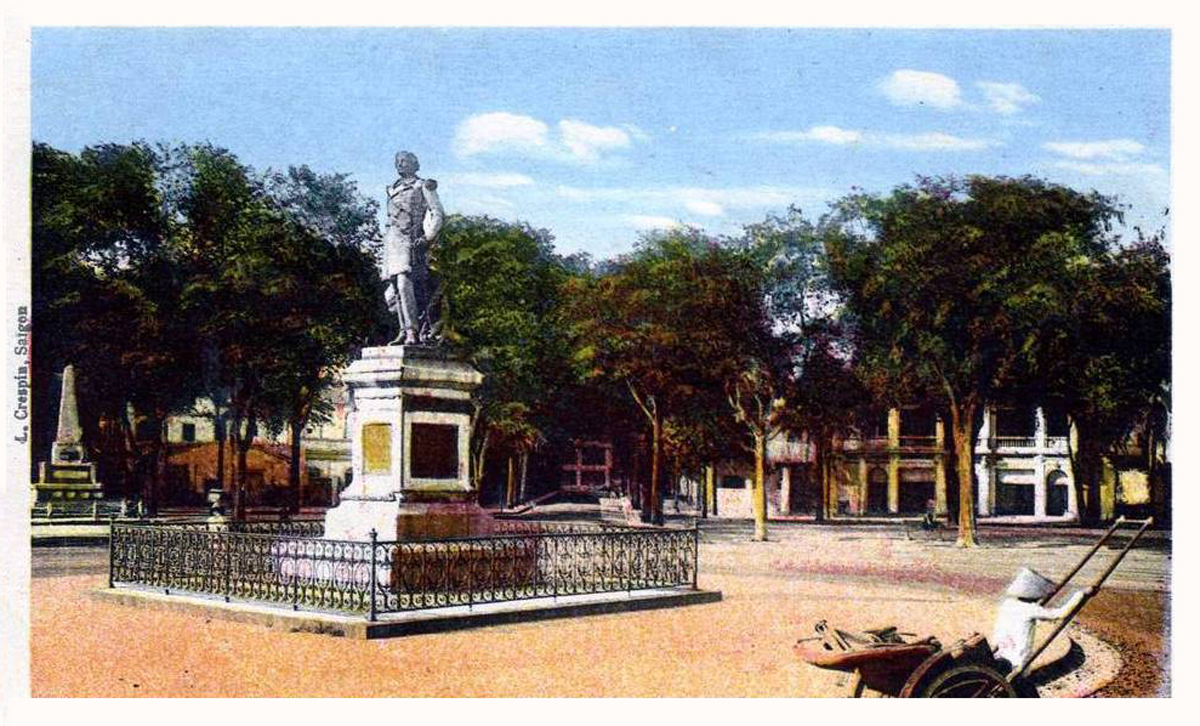
Amiral RIGAULT DE GENOUILLY — place Rigault-de-Genouilly, Saïgon
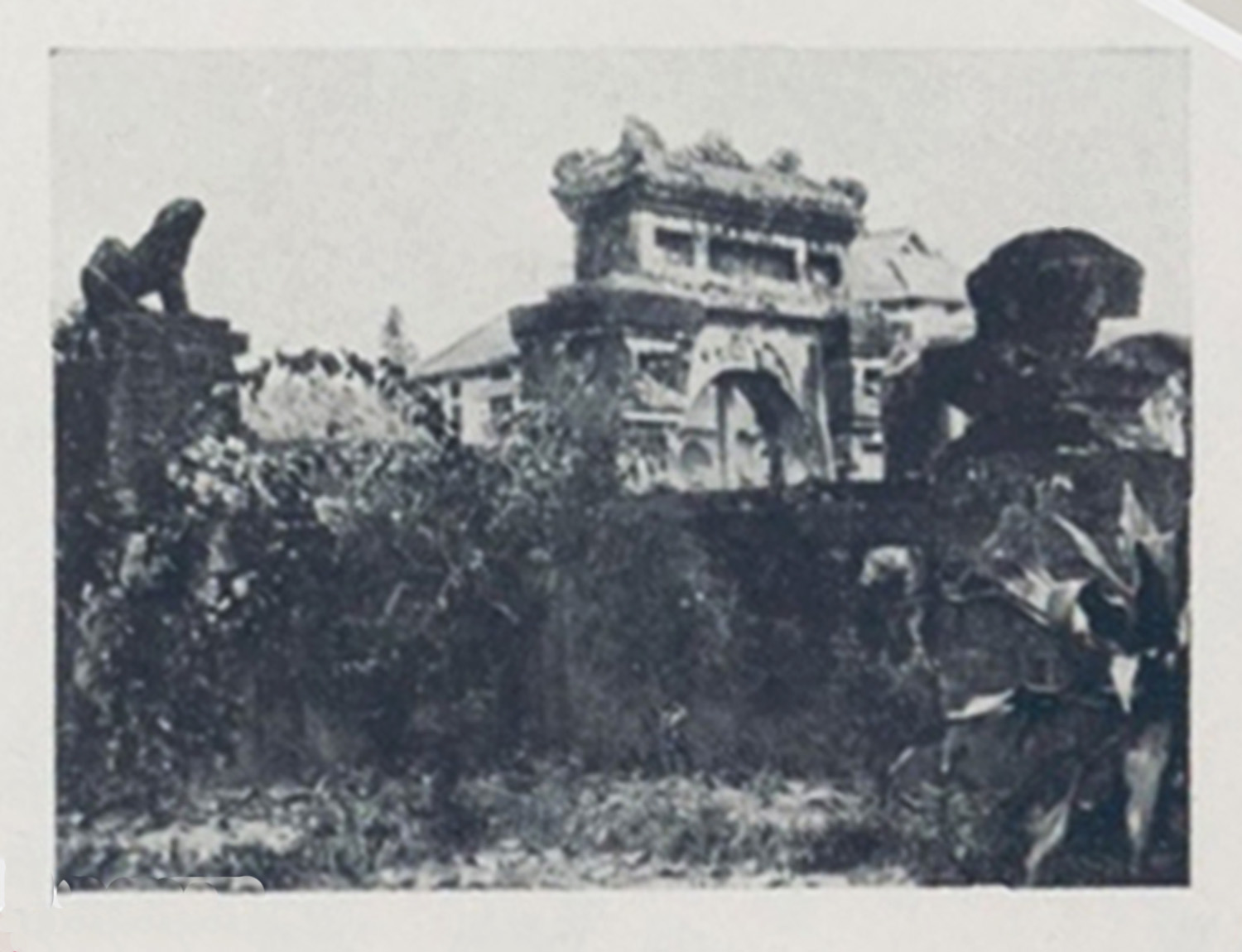
LE-VAN-PHONG — village de Tan-Son-Nhut (Gia-Dinh)
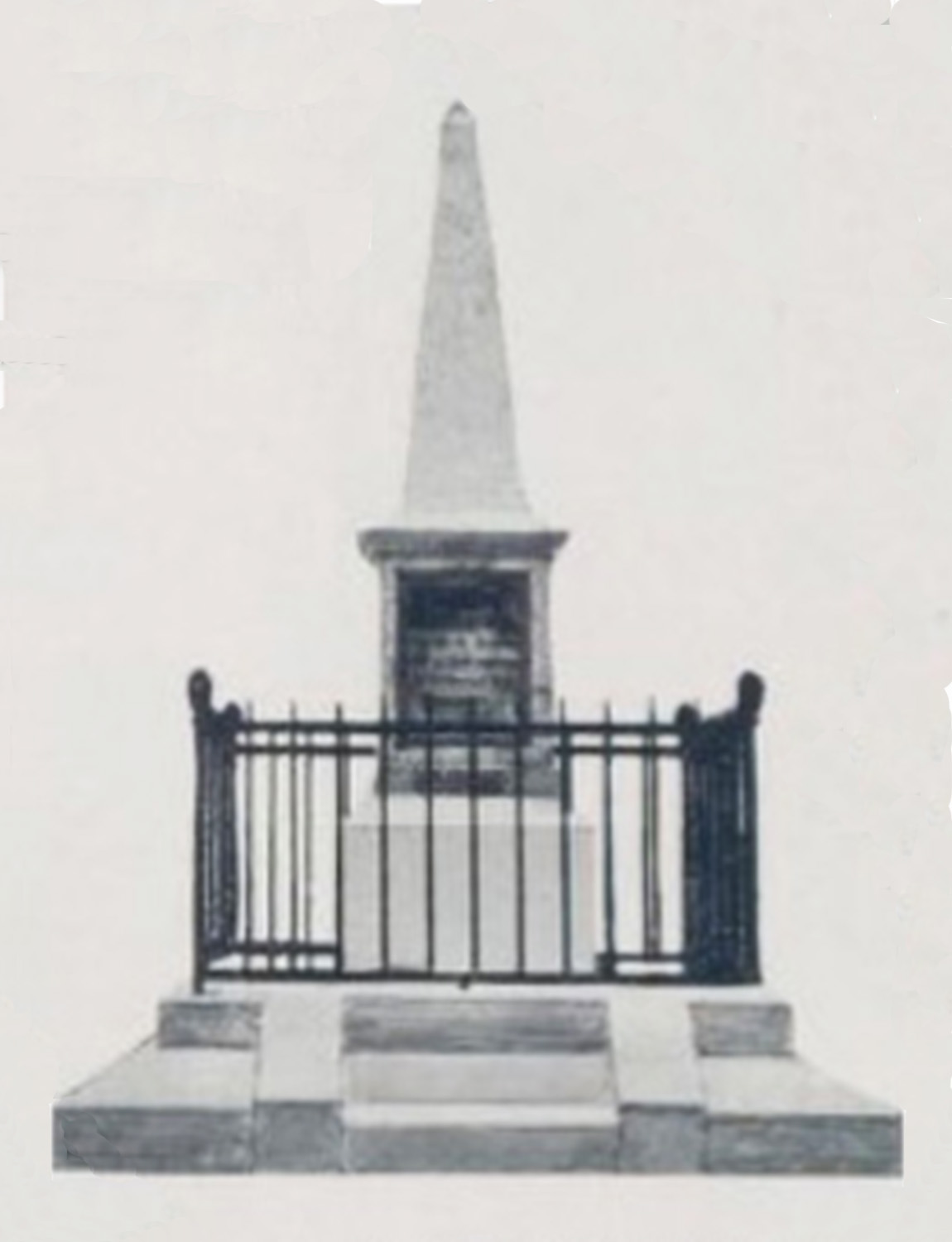
Enseigne de vaisseau LAREYNIÈRE – village de Tan-Son-Nhi (Gia-Dinh)
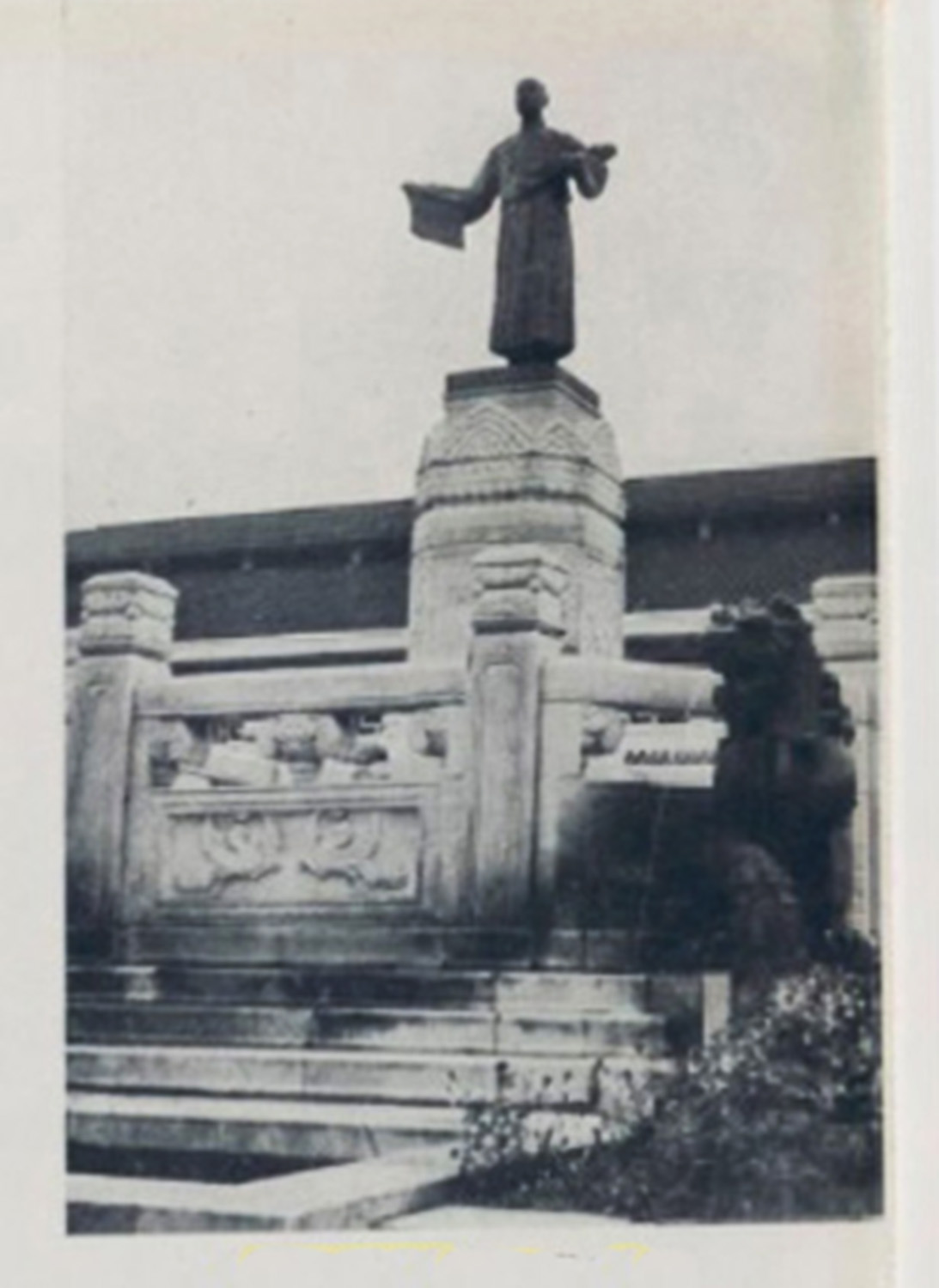
QUACH-DÀM — Marché central, Cholon

BUI-THANH-LIEM — près du marché de Long-Dien, Baria
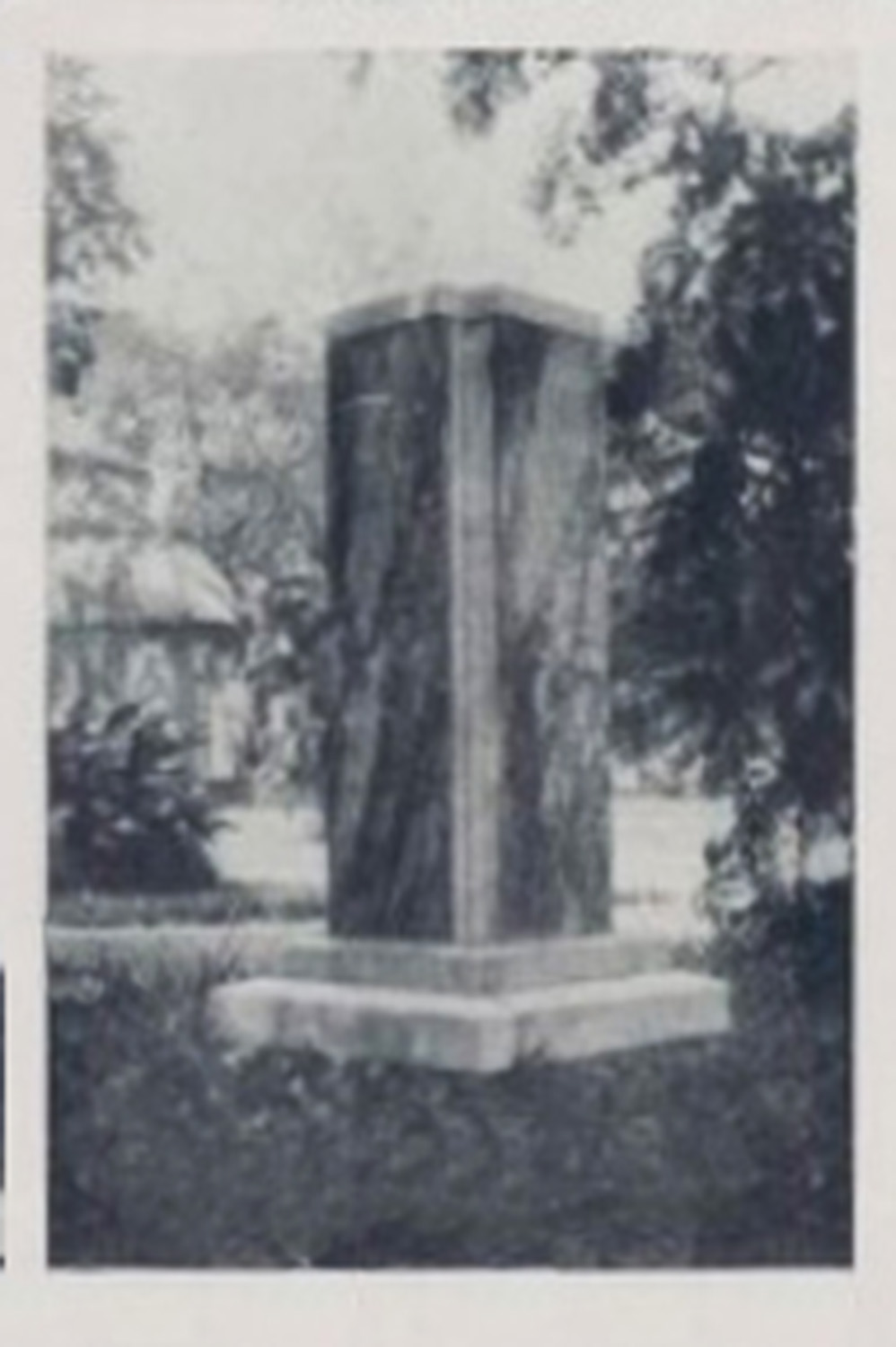
Jean-Baptiste-Louis PIERRE —jardin Botanique, Saïgon
Tim Doling is the author of the guidebook Exploring Saigon-Chợ Lớn – Vanishing heritage of Hồ Chí Minh City (Nhà Xuất Bản Thế Giới, Hà Nội, 2019)
A full index of all Tim’s blog articles since November 2013 is now available here.
Join the Facebook group pages Saigon-Chợ Lớn Then & Now and Huế Then & Now to see historic photographs juxtaposed with new ones taken in the same locations, and Đài Quan sát Di sản Sài Gòn – Saigon Heritage Observatory for up-to-date information on conservation issues in Saigon and Chợ Lớn.

